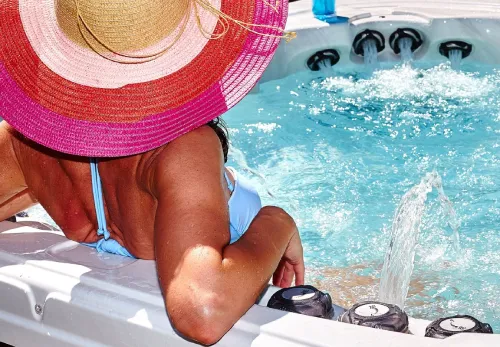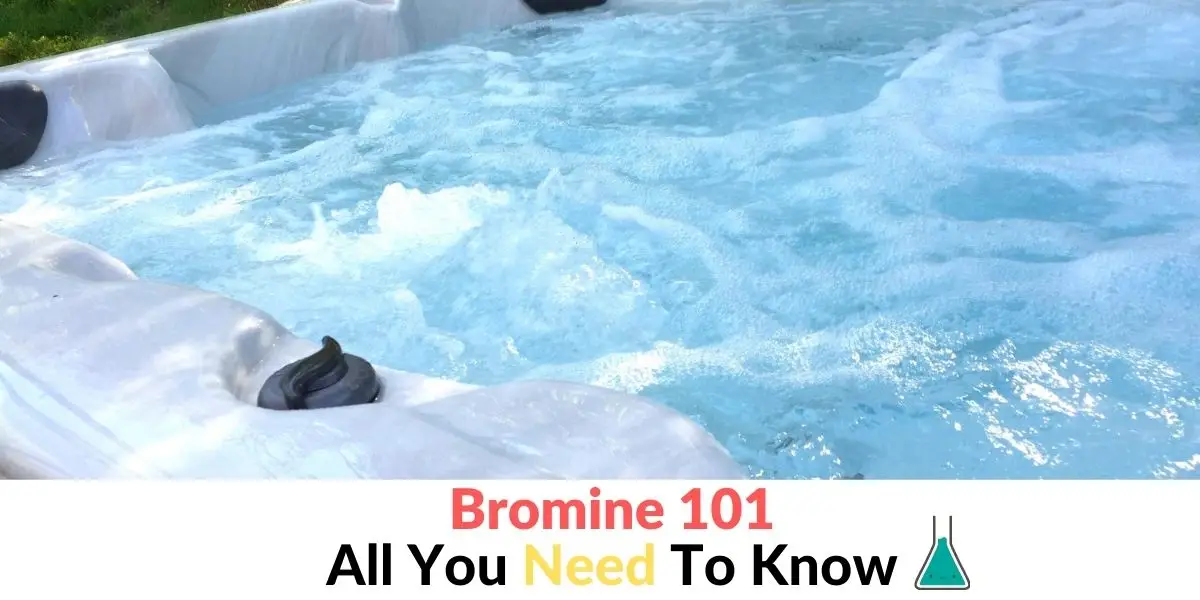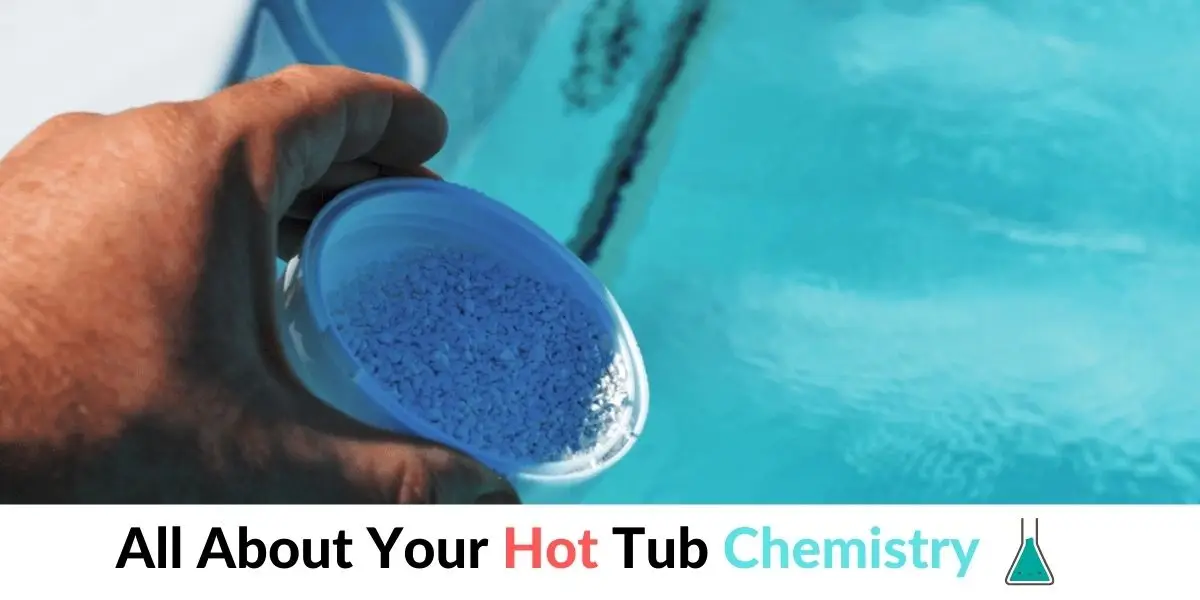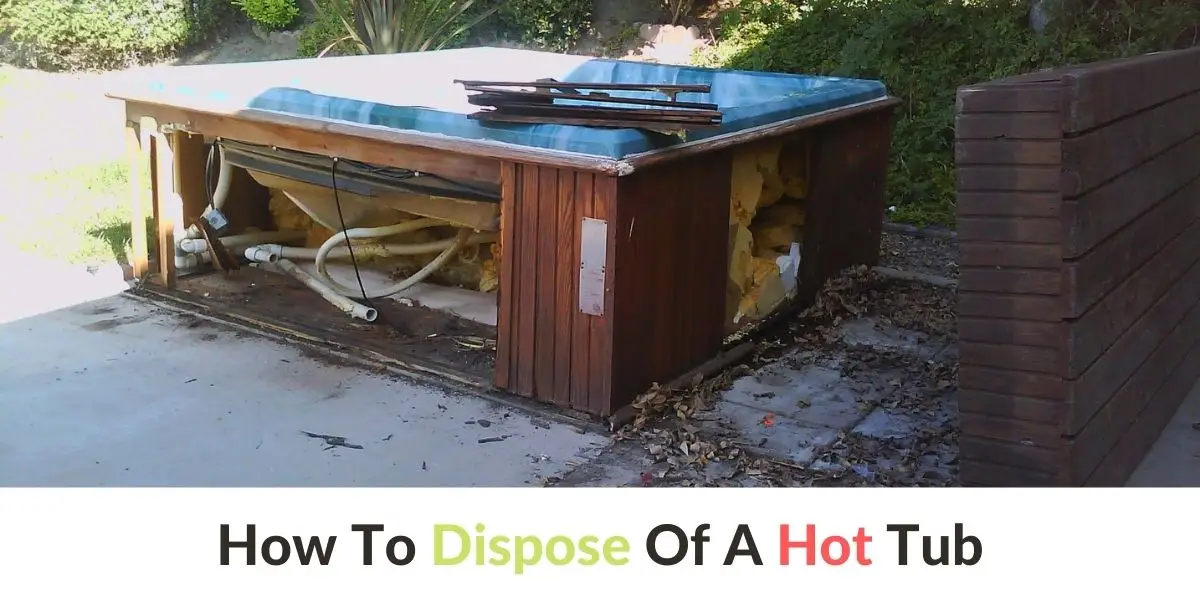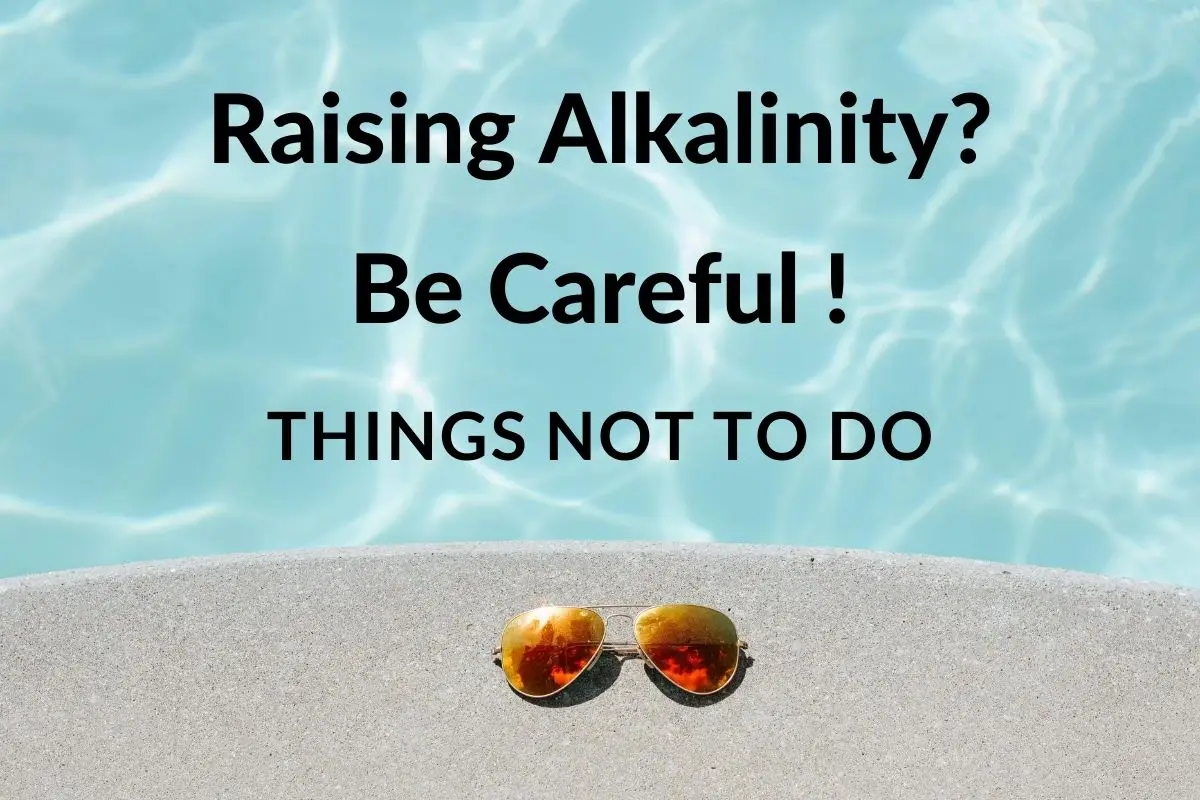How To Keep A Hot Tub Clean Without Chemicals?
The truth is, while it is possible to keep a hot tub clean using primarily all-natural ingredients and methods, it is likely that at some point chlorine or bromine will need to be added to the water.
However, in order to keep a hot tub clean naturally, it should be cleaned and flushed before being filled in order to ensure that there is absolutely no dirt or bacteria in the hot tub.
The hot tub’s pH levels should be checked frequently to ensure that any sanitizers being used can work effectively.
- In addition, an Ozonator can be used to remove impurities and contaminants from the water.
- Alternatively, a UV filtration system can be used to purify the water. Furthermore, when using natural processes it is more important than ever to frequently check and clean the hot tub’s filters.
- Finally, hot tub users may want to implement a saltwater system to more easily maintain clean waters.
How Long Can you Run a Hot Tub Without Chemicals?
If a hot tub is run without the use of chemicals, the water should never be left in the hot tub for more than 3 or 4 months.
However, if let for this amount of time, users must balance the hot tub’s Alkalinity, Ph, and sanitizer. Otherwise, the water will become extremely dirty and dangerous for use.
Therefore, the best way to keep a hot tub clean without the use of any chemicals is to fully drain and rinse it after each use. When using this method, the water should not be left in the hot tub for more than 12 hours at a time.
Have you gotten your hot tub accessories this year?
Honestly, when I experienced a hot tub for the first time, it was good enough for me. It hasn’t gone a lot before I thought how cool it would be to have a drink in my hot tub, watch a game or bring my food with me. I had no idea people already made things for your hot tub so you can do just that. I have a long list of hot tub accessories that might be interesting to you. Click here to read the article.
Can you Use Salt in a Hot Tub Instead of Chlorine?
Salt can be used in a hot tub instead of chlorine. However, the proper steps must be taken to switch a hot tub over to operating on a salt water system.
Furthermore, it is important to note that not all hot tubs are capable of supporting a saltwater system, and the hot tub’s manufacturer should be consulted before any changes are made.
To convert a hot tub, a saltwater system must be purchased.
- Then, the hot tub should be drained, thoroughly cleaned, and filled with fresh water.
- Then, the hot tub’s chemistry levels should be checked to ensure that sanitizer levels are between 1 and 3 ppm.
- Next, the system should be installed and the cell holder should be secured.
- Afterward, the cell can be put in the water and plugged in.
- Finally, salt should be added to the hot tub, and the system should be ready to go.
Can you Use Bleach in a Hot Tub Instead of Chlorine?
Bleach should never be used in a hot tub. Most hot tub owners use liquid chlorine to clean their hot tub. Liquid chlorine is essentially the same chemical as household bleach except that it is 3 times stronger.
- In addition, household bleach is not stabilized chlorine meaning it may not last long under the heat of the sun nor will it be effective in sanitizing the hot tub’s water.
- Using bleach may also harm the surface of the hot tub as it can be extremely corrosive. Similarly, it has the potential to bleach clothing items and hair.
- Finally, using household bleach in place of chlorine will create a very strong, unpleasant odor in the hot tub.
Is it Hard to Keep Hot Tub Water Clean and Safe?
It is not hard to keep hot tub water clean and safe if appropriate methods are put in place.
For example, users should make sure that the hot tub’s water stays balanced by frequently checking the water’s pH and alkalinity. Furthermore, proper maintenance routines should be implemented.
This means that the filters should be cleaned on biweekly, monthly, and yearly schedules. In addition, the hot tub’s water should be replaced monthly, the hot tub lining should be cleaned, and proper chemicals such as chlorine should be maintained in the hot tub.
However, if these routines are maintained, users should have no trouble keeping their hot tub water clean and safe.
Best Alternative Hot Tub Sanitizers
- Biguanides: Named polyhexamethylene biguanide and known as microbe killers, these are a natural sanitizing alternative to chlorine and bromine. Even better, it does not have the harsh smells associated with chemical sanitizers.
- Ultraviolet purifiers: These sanitize hot tub water by damaging the DNA of bacteria and microbes present in water to prevent them from reproducing. This kills germs before they can spread but does not remove those already present.
- Ozonators: These work by exposing oxygen to ultraviolet light. This creates a gas that destroys bacteria within the water.
- Ionizers: These use an electrolysis system to create a very low charge that kills bacteria in the water.
- Salt water generators: These contain cells that produce their own natural chlorine to keep the hot tub clean.
- Hot tub enzymes: These are biologically molecules that accelerate chemical reactions. When placed in water, they attach themselves to dirty and bacteria and break it down.
Hot tub Sanitizer for Sensitive Skin?
When it comes to sensitive skin, hot tub sanitizer can be very harmful. Luckily, there are several natural options that lack the harshness associated with chlorine and bromine which are typically used to sanitize hot tub water.
For example, ozonator, ionizers, UV purifiers, and saltwater chlorine generators can all be used to remove or lessen the need for sanitizing chemicals.
In addition, biguanides can be used as a natural sanitizer. However, this does not destroy all organic material. Therefore, hydrogen peroxide is required as well. In addition, if hot tub owners opt for biguanide sanitizers, excessive foaming may occur and requires daily removal in order to maintain healthy waters.
Can I be Allergic to my Hot Tub?
While it is highly unlikely one would be allergic to the actual shell of a hot tub, it is common for people to experience allergic reactions to some of the chemicals used to treat and maintain clean and safe water.
Most often, this allergic reaction manifests in red and itchy bumps and rashes on the skin after being in a hot tub. To prevent this from happening, it is important to maintain proper hot tub hygiene and maintenance.
In addition, users may want to rinse off or shower after using the hot tub. If the reactions persist or become worse, it is wise for those affected to consult their doctor.


